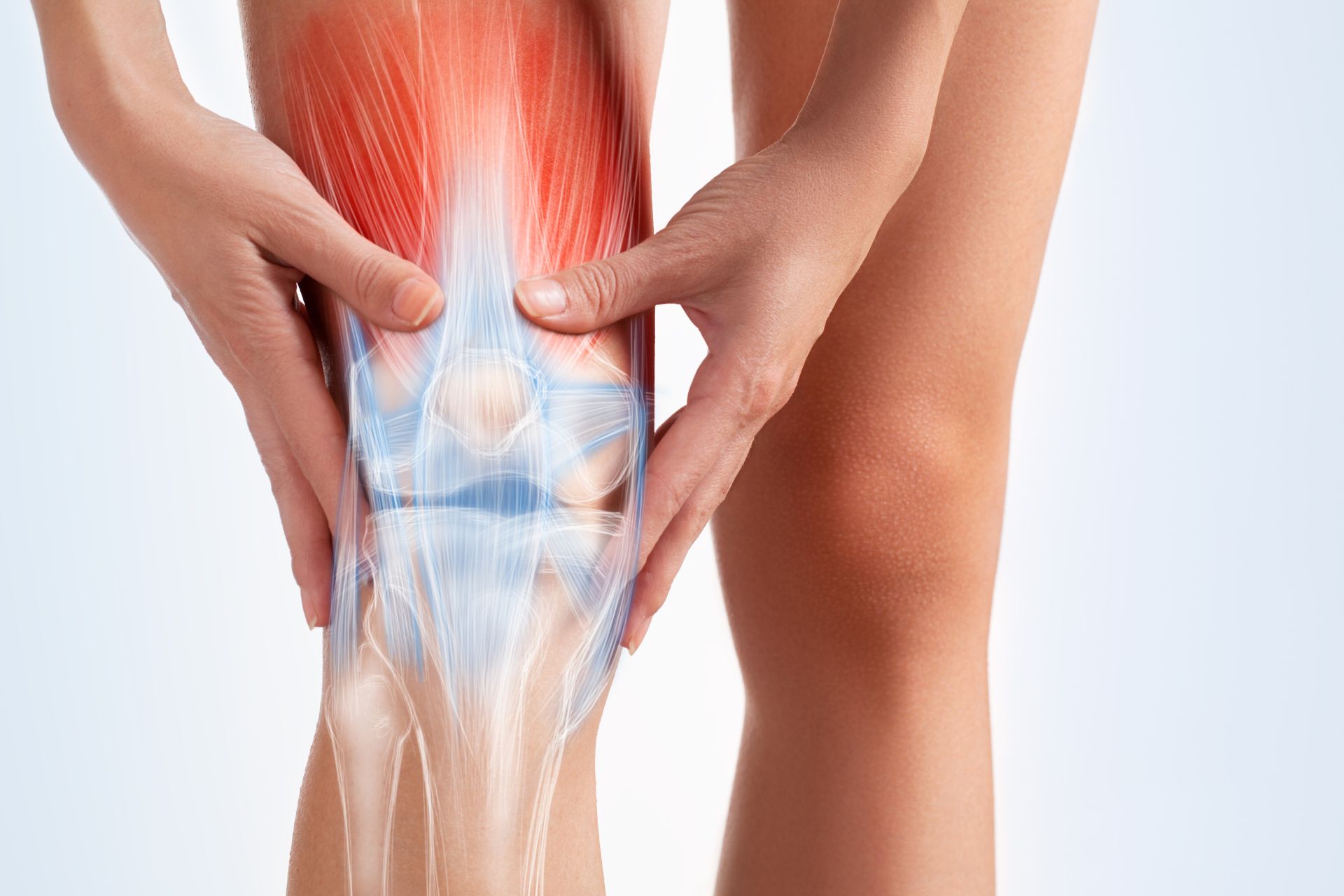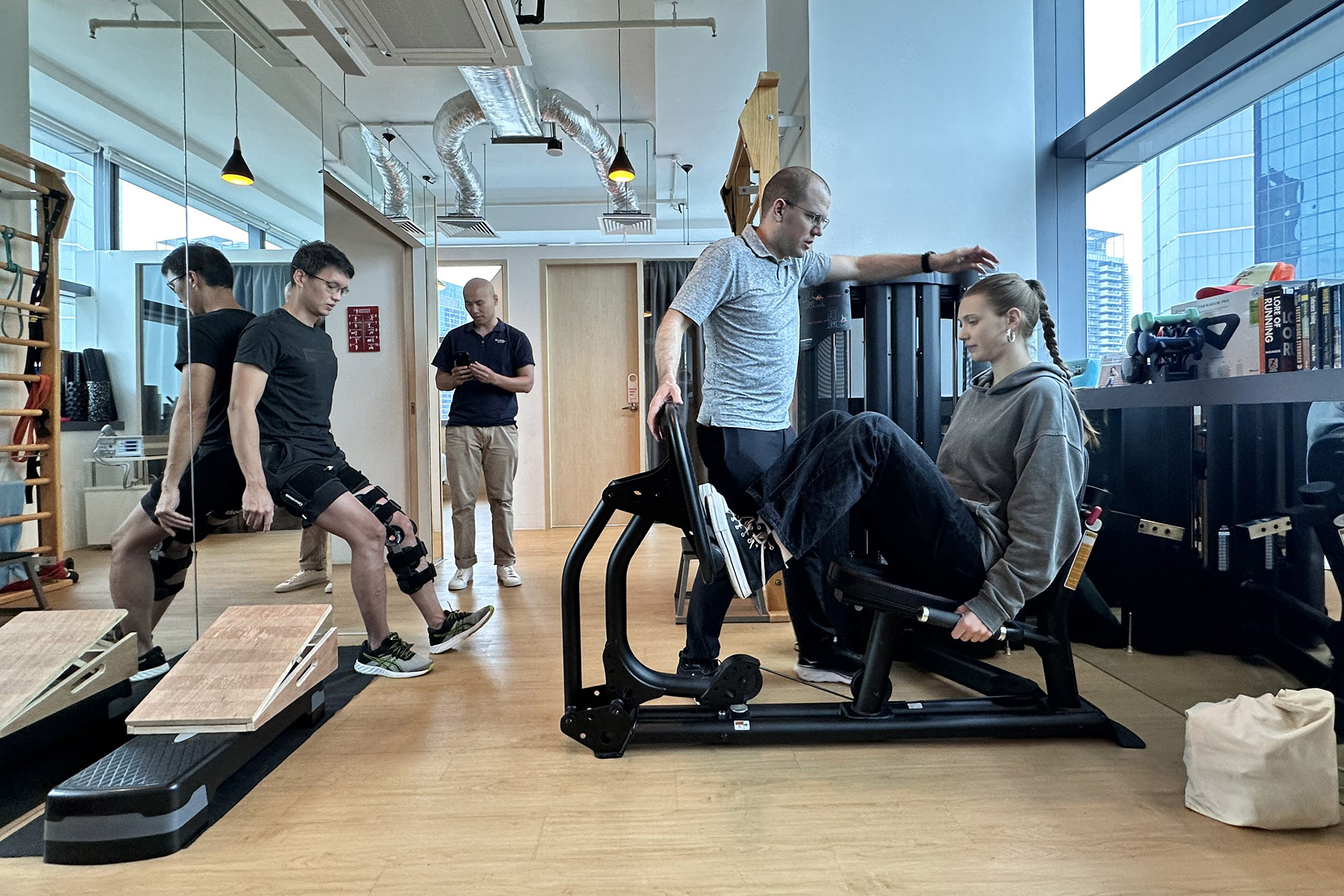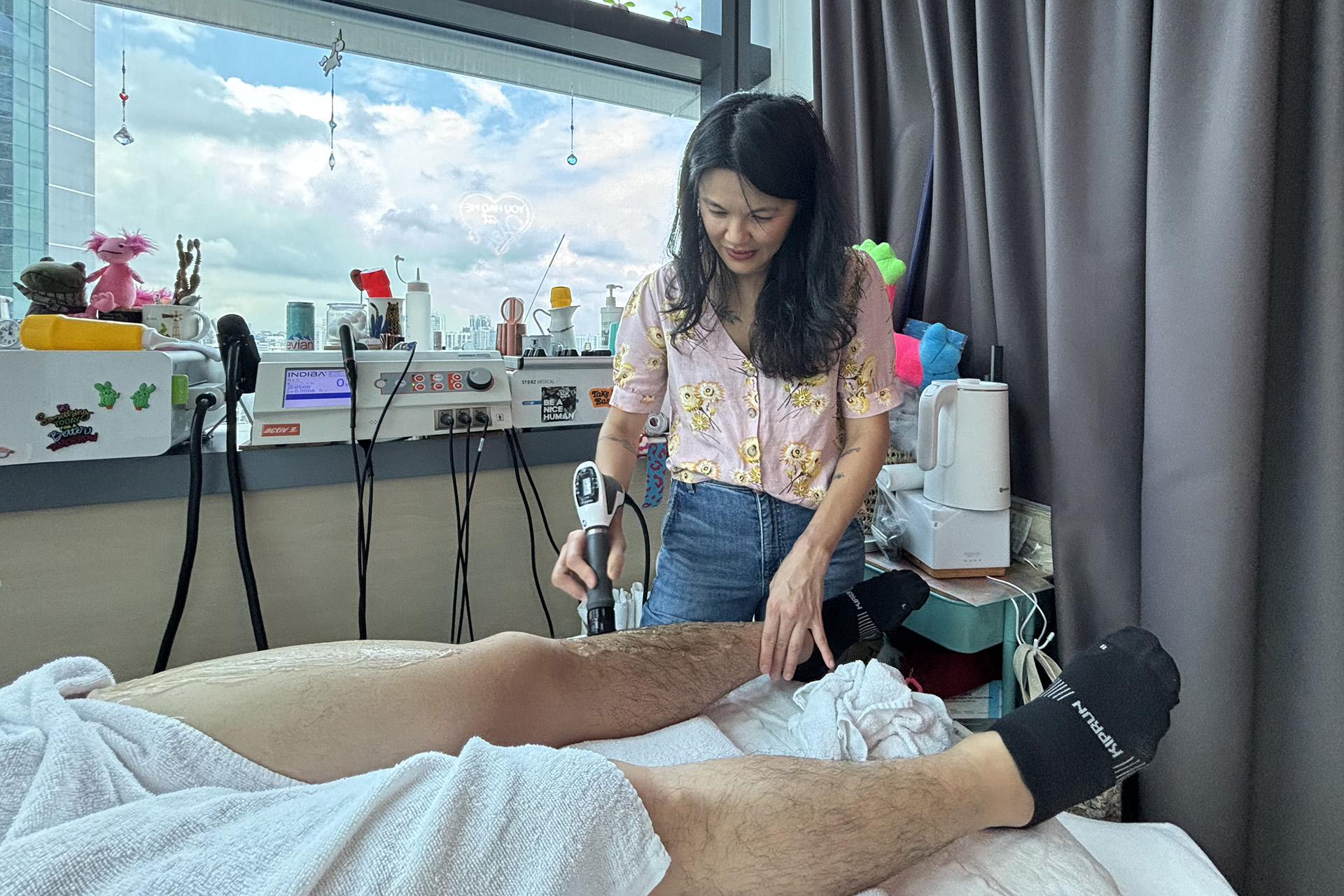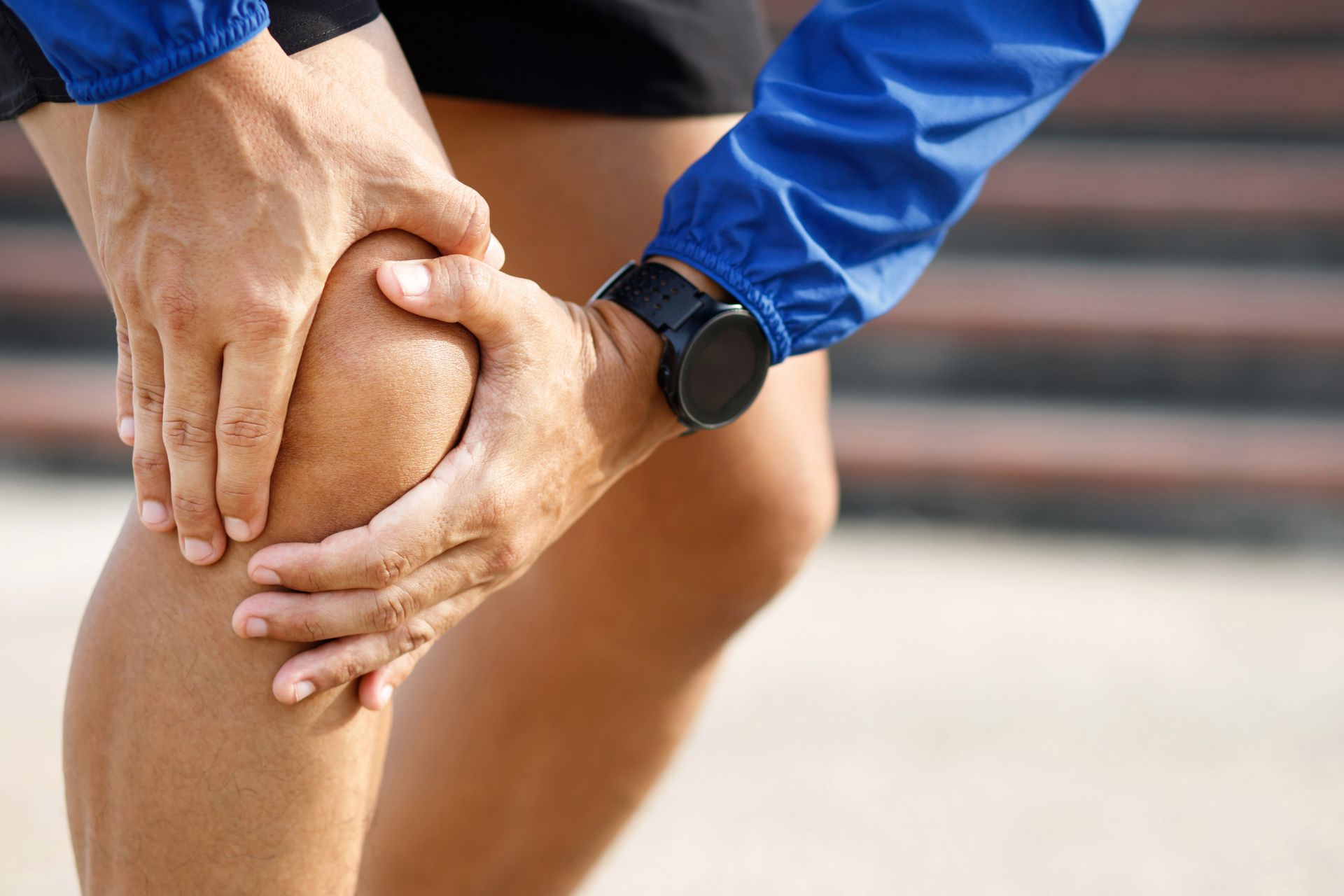Osgood-Schlatter Disease is a common condition that affects adolescents during their growth spurts, causing pain and swelling just below the knee. This condition, named after the orthopedic surgeons who first described it in the early 20th century, typically occurs in active children and teenagers, particularly those involved in sports that require running, jumping, and quick changes in direction.
Understanding Osgood-Schlatter Disease
Osgood-Schlatter Disease is primarily caused by the repeated stress and tension on the growth plate at the top of the shinbone (tibia). During adolescence, as bones grow rapidly, the muscles and tendons can struggle to keep up, leading to increased tension at their attachment points. In Osgood-Schlatter Disease, this tension occurs at the attachment of the patellar tendon to the tibial tuberosity, a bony prominence just below the kneecap.

The condition most commonly affects boys aged 13 to 14 and girls aged 11 to 12, coinciding with their respective growth spurts. However, it can occur in children as young as 8 and as old as 15. Tightness or weakness in the quadriceps or hamstrings can contribute to the development of the condition. Issues such as flat feet or knock knees can also alter the distribution of forces across the knee joint.
Athletes participating in sports such as soccer, basketball, volleyball, and gymnastics are particularly susceptible due to the high-impact nature of these activities.
Symptoms of Osgood-Schlatter Disease
The hallmark symptom of Osgood-Schlatter Disease is pain and tenderness at the tibial tuberosity, located just below the kneecap. Other common symptoms include:
- Swelling or prominence at the tibial tuberosity
- Pain that worsens with activity and improves with rest
- Tightness in the surrounding muscles, particularly the quadriceps and hamstrings
- Limping or altered gait, especially after physical activity
- Pain when kneeling or applying direct pressure to the affected area
In severe cases of Osgood-Schlatter Disease, the pain can be intense enough to limit participation in sports and daily activities. While the condition can be quite uncomfortable, it is generally self-limiting and does not cause long-term damage to the knee joint.
Physiotherapy Treatment for Osgood-Schlatter Disease
Treatment for Osgood-Schlatter Disease focuses on managing symptoms and promoting healing. While there is no quick cure, several approaches can help alleviate pain and support recovery.
Physiotherapy plays a crucial role in the management and recovery of Osgood-Schlatter Disease. A comprehensive physiotherapy program typically includes a combination of manual therapy, exercise prescription, and education. The goal is to reduce pain, improve flexibility and strength, and teach proper biomechanics to prevent future issues.

Manual therapy techniques, such as soft tissue and joint mobilization, can help reduce tension in the affected area and improve overall knee function. Exercise prescription focuses on stretching tight muscles, particularly the quadriceps and hamstrings, and strengthening the muscles that support the knee joint. This may include exercises such as leg raises, squats, and lunges, tailored to the individual’s capabilities and progressed gradually.
Adjunctive Modalities to Treat the Condition
In addition to traditional physiotherapy techniques, several complementary therapies have shown promise in managing Osgood-Schlatter Disease.
INDIBA® Activ can help reduce pain and inflammation while promoting tissue healing. It stimulates cellular activity and increases blood flow to the affected area, thereby accelerating recovery.
Radial Shockwave Therapy is a non-invasive treatment that uses high-energy sound waves to stimulate healing in the affected tissues. It can be particularly effective in reducing pain and improving function in chronic cases of Osgood-Schlatter Disease.

For individuals with Osgood-Schlatter Disease, Clinical Pilates can help improve overall lower-limb biomechanics, reduce stress on the knee joint, and support long-term management of the condition. Specialized Clinical Pilates exercises focus on improving core strength, flexibility, and body awareness.
When used with traditional physiotherapy techniques, these complementary therapies can provide a comprehensive approach to managing Osgood-Schlatter Disease, addressing the symptoms and underlying factors contributing to the condition.
If you’re experiencing symptoms of Osgood-Schlatter Disease as an adult or child, such as knee pain and swelling just below the kneecap that worsen with activity, it’s crucial to seek professional help. A physiotherapist can thoroughly assess your condition and develop a personalized treatment plan to address your needs.
By working closely with an expert physiotherapist and following a comprehensive treatment plan, you can effectively manage your symptoms, promote healing, and return to your desired activities. Don’t let Osgood-Schlatter Disease hold you back. With the right approach, you can overcome this challenge and emerge stronger on the other side.

